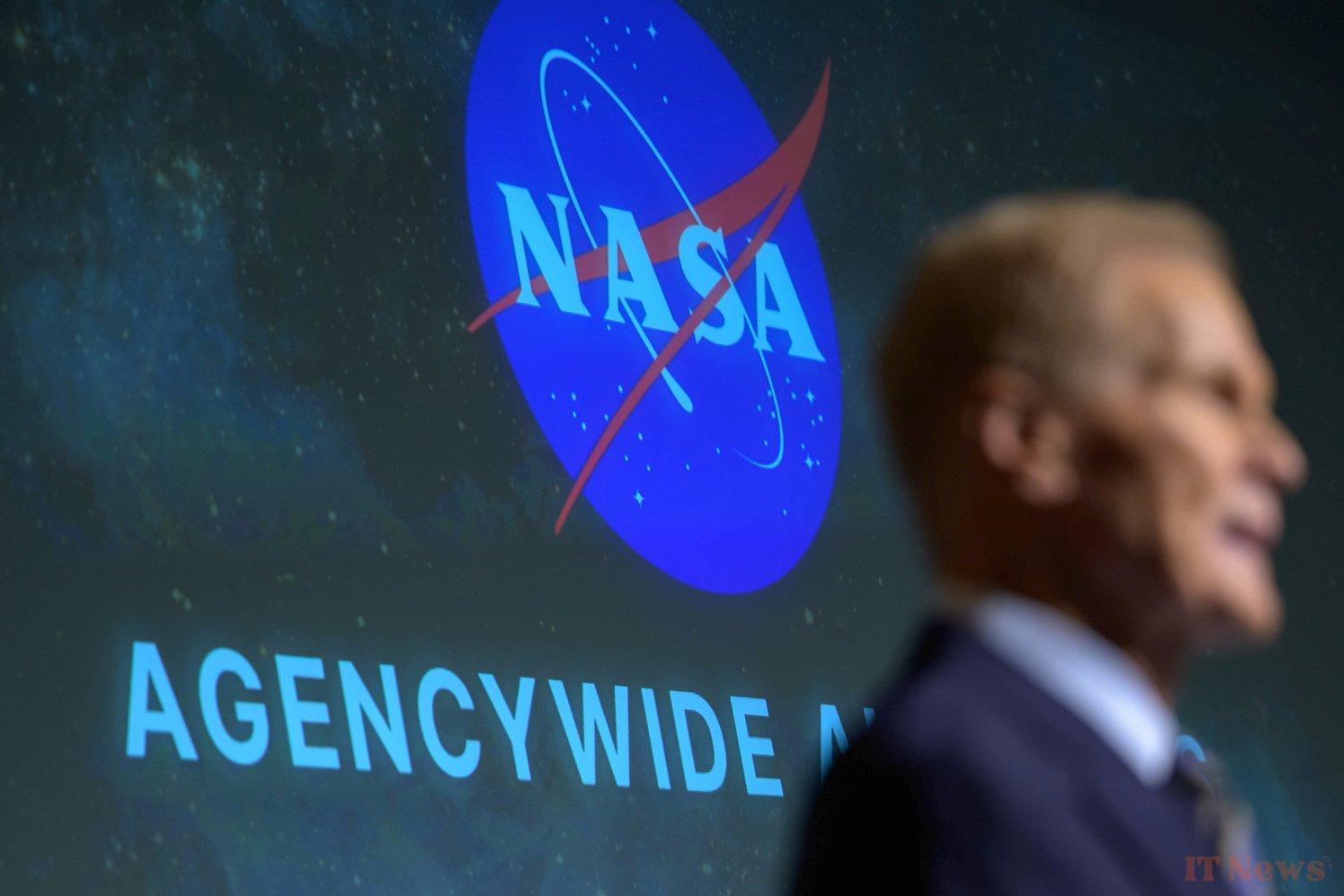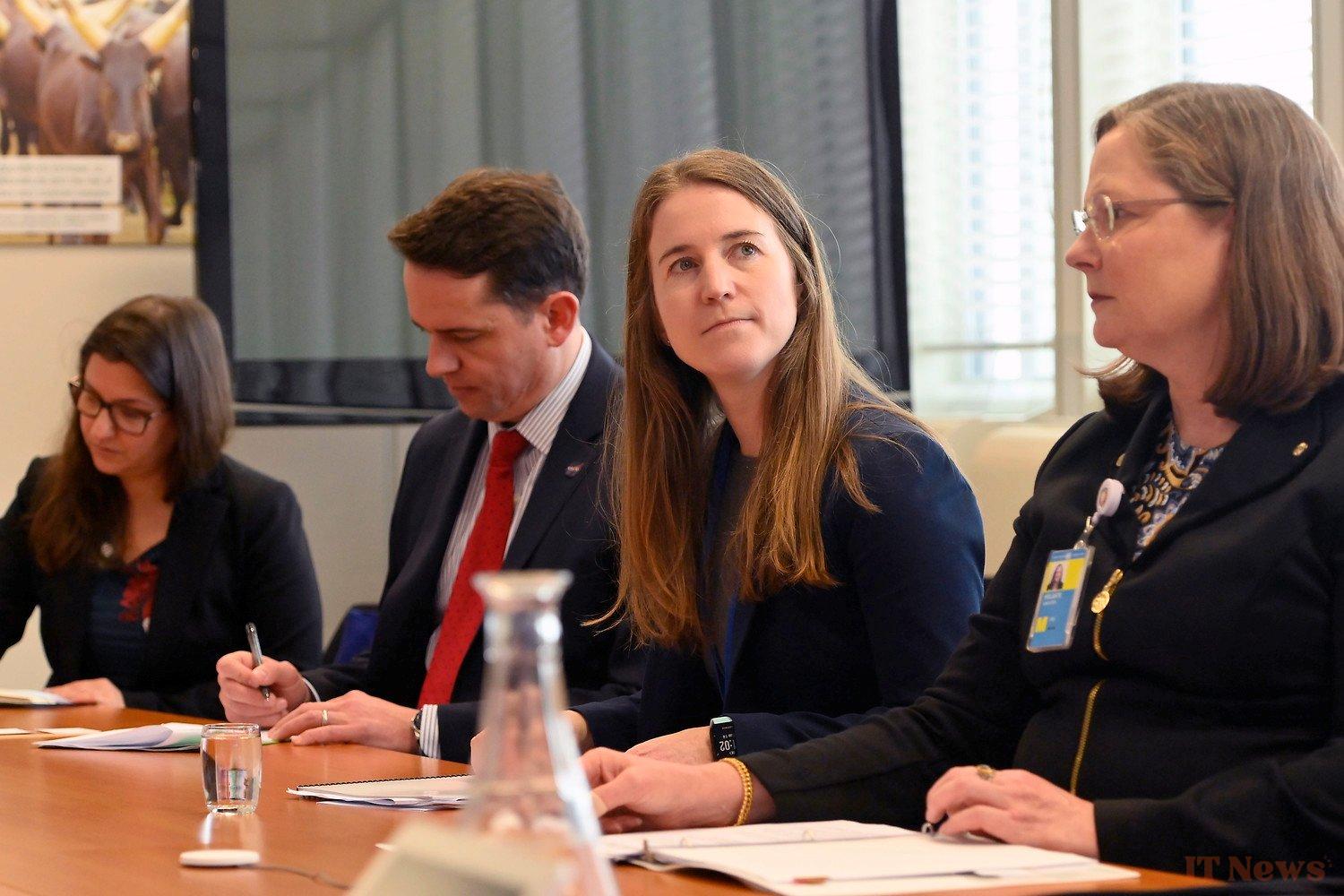Tensions had risen a notch in February, and everyone was wondering when it would happen. At NASA, a first wave of layoffs took place on Tuesday, March 11, 2025, since the change of administration at the head of the United States. Under Donald Trump, the space agency will experience change, as the new President follows a policy of drastic cost reduction, offering, on the side of the aerospace industry, a breath of fresh air to SpaceX in the face of older companies, such as Boeing and Northrop Grumman.
While the SLS (Space Launch System) rocket is increasingly likely to be abandoned, NASA is also reviewing its staff, which could have an impact on the Artemis program, the return of American astronauts to the Moon. Supported by a certain Elon Musk, who swears only by Mars, Donald Trump appointed a close friend of SpaceX to head NASA, named Jared Isaacman. With him, there is little chance of seeing the space agency make the budget allocated by the federal state of missions that would not go in favor of Elon Musk.
On Tuesday, March 11, NASA announced a cut that will affect the positions of 23 employees. Among them, that of climatologist Katherine Calvin, who was none other than the chief scientist – a role that has been part of NASA's workforce since its creation in 1982, except between 2005 and 2011 when it was also removed. In addition to having been Chief Scientist under the Biden administration in 2022, Katherine Calvin served as co-chair of the IPCC (Intergovernmental Panel on Climate Change). Among her missions, Katherine Calvin worked with NASA to track the environmental impacts of long-term analysis from satellite data, and share it with policymakers.
NASA without Europe?
In terms of scientific research, NASA seems to be moving in a direction where innovations will serve American influence, without necessarily seeking international cooperation. By the end of the decade, the International Space Station will be retired, leaving space agencies free to reorganize their operations, choosing to join forces or pursue individual programs to install their stations in orbit. By abandoning the SLS rocket in favor of SpaceX's Starship, NASA would also be moving away from the European contribution to its Artemis program, while the Old Continent was largely developing the Orion module, intended for the crew.




0 Comments